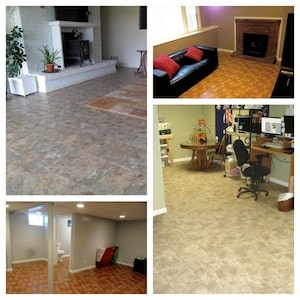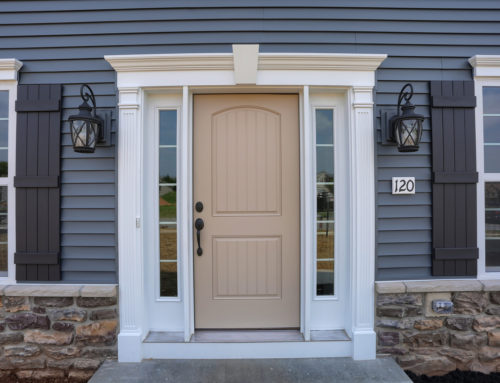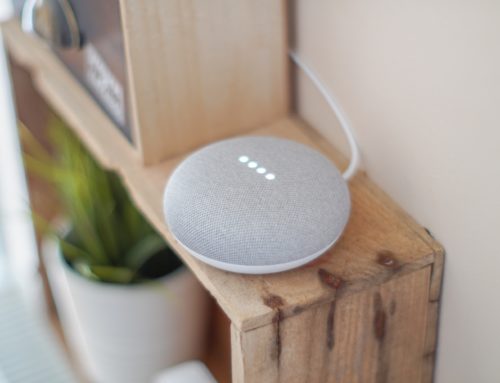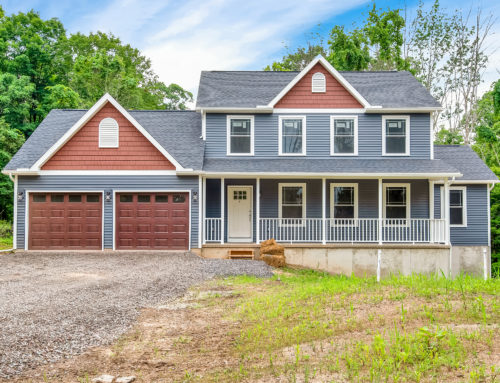Once you’ve done the hard work–all you can to control moisture in your basement–it’s time for choosing the flooring surface. Basement flooring options run the gamut from vinyl and laminates to carpeting and woods.
Most of the same considerations apply in selecting basement flooring as flooring above grade, with one noticeable difference-temperature. Specifically, the basement floor can feel cold to bare feet, one reason carpeting is often the choice. One of my neighbors was a professional tile installer, and he put porcelain tile throughout his basement floor (ceramic tile would present moisture problems). It’s cold, and the home has been for sale for three years. Tile can work fine for specific locations, but too much tile in the basement is…too much.
Laminate flooring deserved its bad rap for moisture problems in basements, but there are new laminates designed for basement applications. The same holds true for vinyl tiles-some are designed specifically for basement application. The individual tile approach has been popular with carpeting in basements, particularly due to the ease of replacement if one or two tiles is damaged. “Floating” wood flooring continues to be a popular choice, depending on activity, traffic patterns and the moisture-control steps identified previously. One of the most popular choices today is cork flooring as it is available in a wide variety of colors and patterns, is soft and warm to the touch. Just make sure the cork you are looking at is recommended for basement applications!











